The Day a Small Shift Cost a Big Contract
A production supervisor at an automotive supplier in Pune called me recently. His tone said everything before his words did.
“Three of our machined parts didn’t align after drilling. The customer caught it. We had to scrap the batch.”
The culprit? Not the machine. Not the operator. The clamp.
A standard flat clamp had loosened mid-cycle. The vibration caused a subtle slip—just half a millimeter—but enough to throw off the tolerance. It cost hours in rework and, worse, shook client confidence.
He ended with something that stuck with me:
“We thought we were saving money using regular clamps. Turns out, we were paying for mistakes instead.”
That’s where Slotted Clamps come in.
The Real Problem: Precision Isn’t Just in the Machine
Machining accuracy is only as good as how firmly and consistently a part is held. You can have a top-tier CNC, but if the clamp slips, you’re cutting air—or worse, scrap.
Standard clamps depend heavily on operator feel and alignment. Each setup becomes a guessing game—tighten here, nudge there, hope it holds. In reality, vibration, surface irregularities, and minor misplacements add up.
The Slotted Clamp eliminates that uncertainty.
It features a built-in locating slot that automatically aligns and locks the clamp in place, ensuring every part starts exactly where it should—every single time. No wobble, no drift, no “just a bit off.”
As one of our clients described it:
“It’s like parking in a marked slot—you just know you’re right where you need to be.”
Example: Saving ₹48,000 a Month from Rework Waste
At a sheet metal fabrication shop in Chennai, operators were losing nearly 90 minutes daily adjusting and refitting clamps on older press beds. Misalignment led to frequent rework—especially on thin HVAC ducts that warped under uneven pressure.
When they switched to slotted clamps, two things happened:
-
Setups dropped from 12 minutes to 4 minutes per piece.
-
Scrap reduced by almost 40% in the first month.
The result?
An estimated saving of ₹48,000 per month in wasted material, rework hours, and inspection time.
That’s not theory—it’s what happens when precision becomes repeatable.
Why It Works
The Slotted Clamp isn’t flashy—it’s functional genius.
Here’s why it consistently outperforms traditional clamps:
✅ Repeatable Accuracy: The locating slot removes guesswork, ensuring identical positioning every setup.
✅ Better Grip on Odd Shapes: Handles irregular or medium-duty components that ordinary clamps can’t hold without shifting.
✅ Faster Setup: Operators don’t waste time hunting for alignment points—just slot, secure, and move.
✅ Reliable on Old Machines: Even if your T-slot beds are worn, the clamp’s slot ensures firm, guided placement.
It’s like having a built-in guide rail—once in, it stays true.
The Human Side: Safety and Simplicity
Operators often underestimate how exhausting constant re-clamping can be. Tightening, checking, adjusting—it’s physical and mental fatigue rolled into one. And when tired hands meet metal under pressure, accidents happen.
By reducing trial-and-error alignment, slotted clamps protect more than your parts—they protect your people.
Less fiddling means fewer pinched fingers, fewer dropped components, and far fewer “mangled clamp” moments (yes, those stories on Reddit are real).
One maintenance engineer put it best:
“We finally stopped hearing curses from the clamp area.”
ROI Beyond Numbers: Consistency = Credibility
In industries where client audits and ISO checks are routine, repeatability isn’t optional—it’s reputation.
A slotted clamp may look like a small improvement, but it can decide whether your parts pass inspection or land in rejection.
Whether you’re producing control panels, jewelry molds, or automotive housings, consistency wins trust. And trust brings repeat business.
Who It’s For
The Slotted Clamp fits best in environments where precision and pace matter equally:
-
Automotive component lines managing tight tolerances and frequent model changes.
-
Electronics and PCB assembly where delicate yet accurate holding is critical.
-
Sheet metal & HVAC workshops dealing with medium-duty, irregular forms.
-
Jewellery and microfabrication units needing reliable, gentle precision.
Wherever alignment errors cost time or trust—this is your fix.
Closing Thought: Stop Guessing. Start Locking In.
Clamps aren’t glamorous. But they’re the foundation of every precise part ever made.
And when you replace trial-and-error setups with guided precision, you don’t just save time—you build confidence into every product that leaves your floor.
Because in manufacturing, precision isn’t found—it’s held.

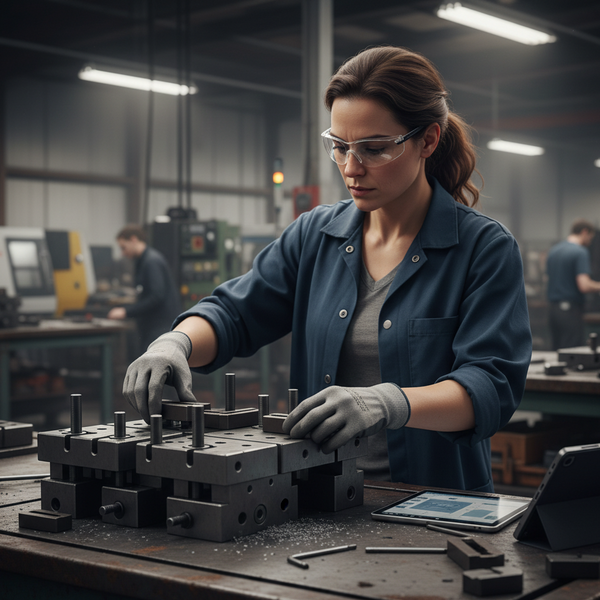


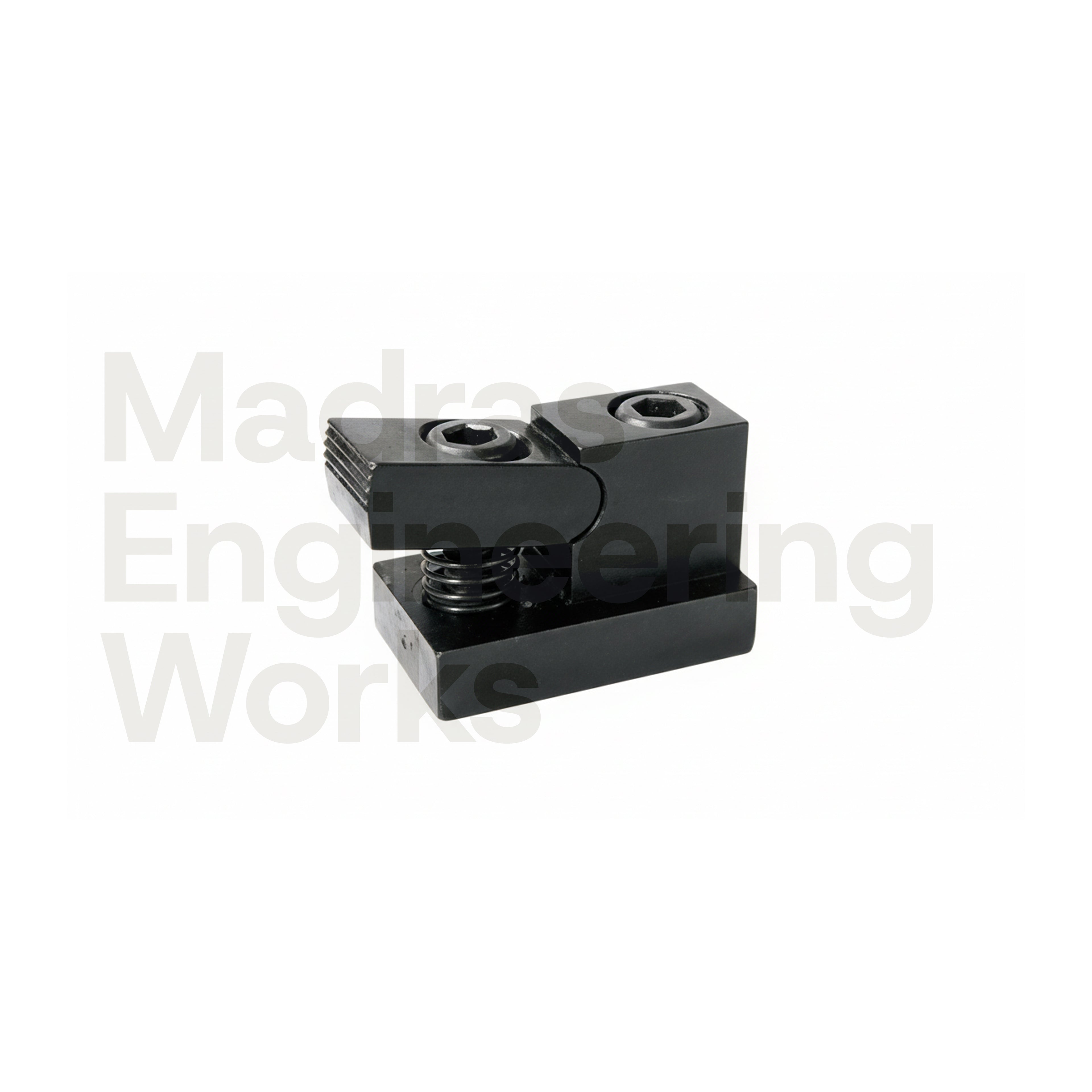
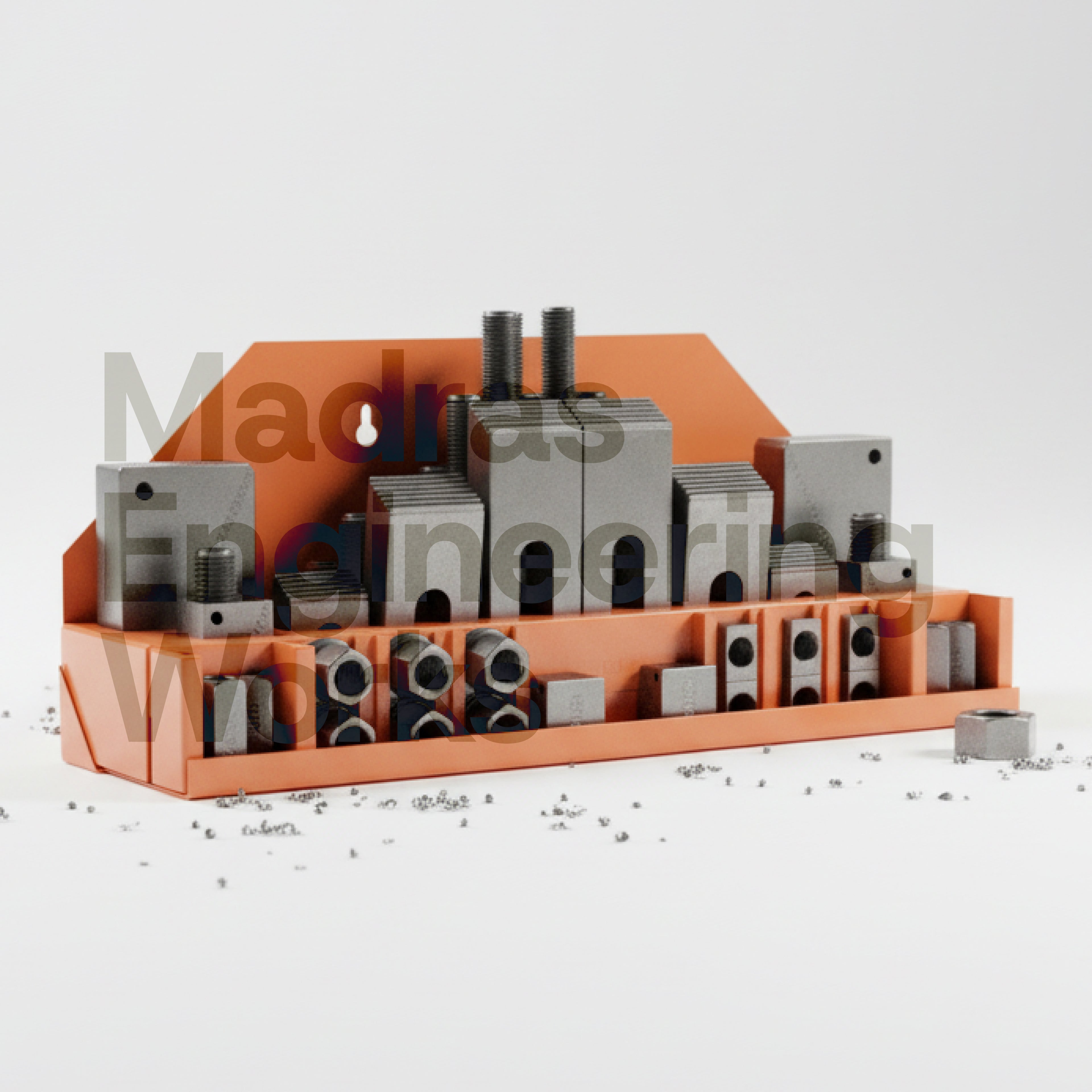
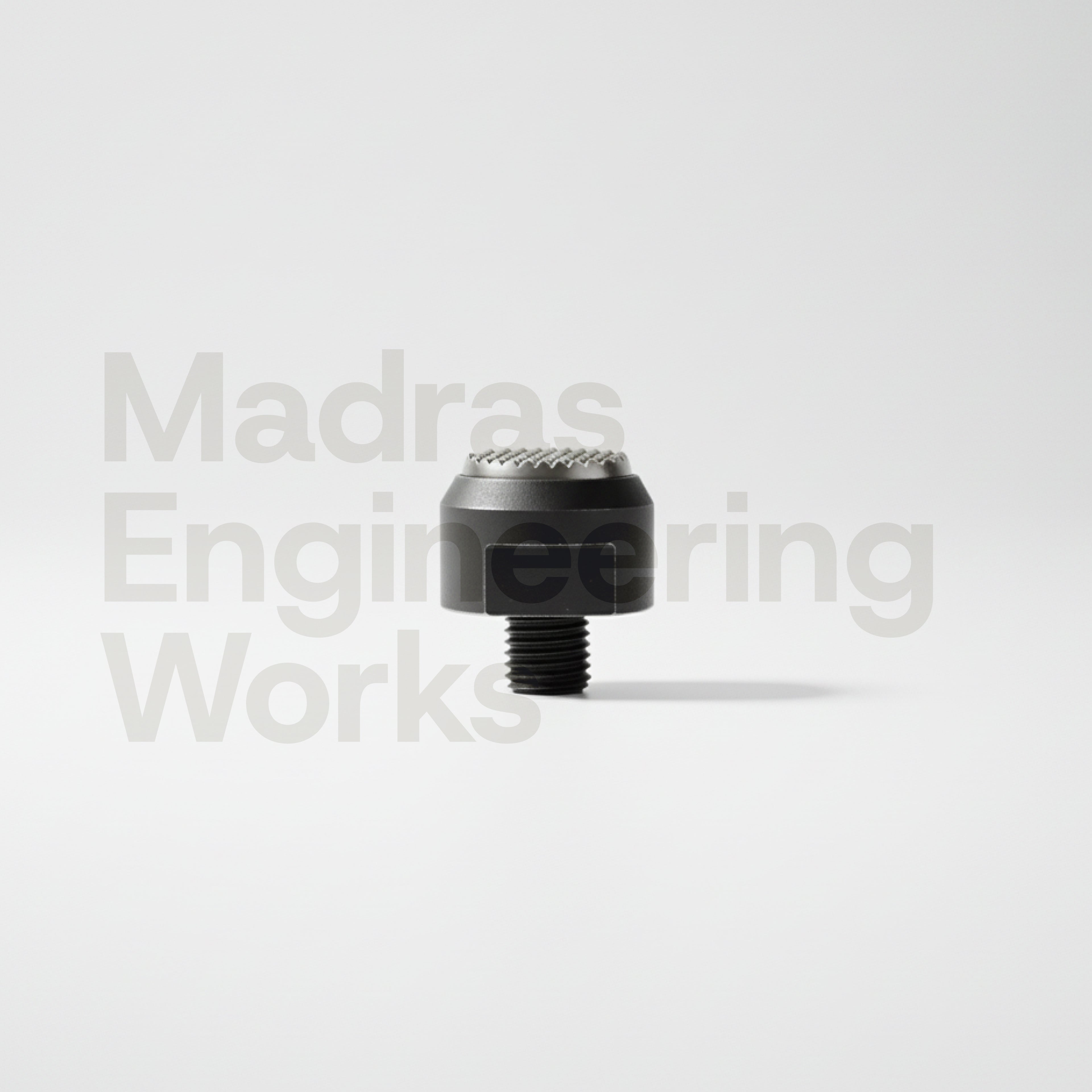
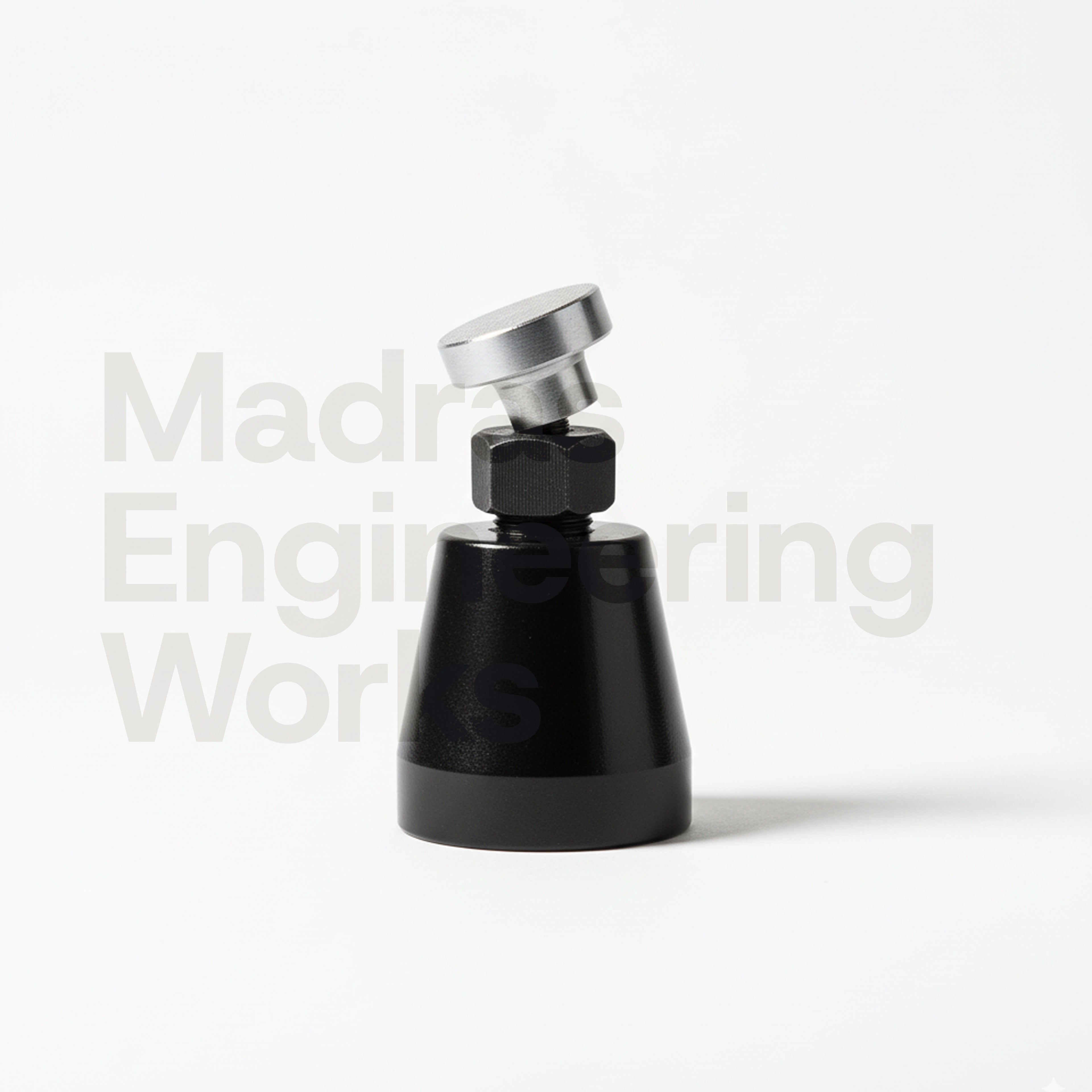
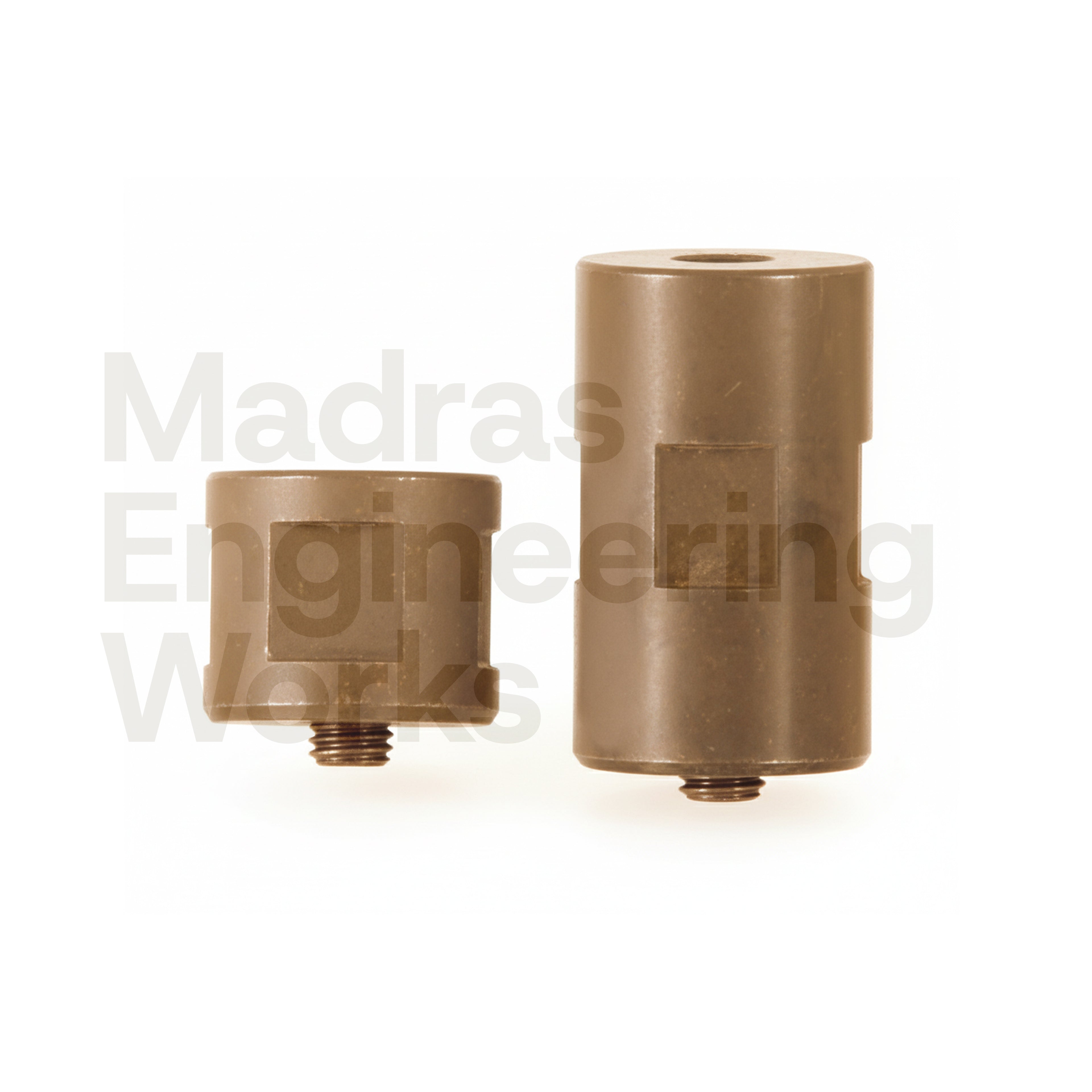
0 comments